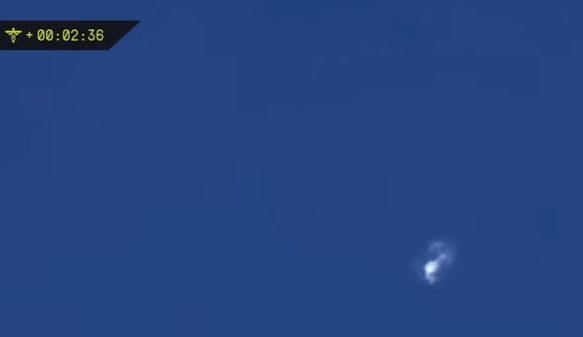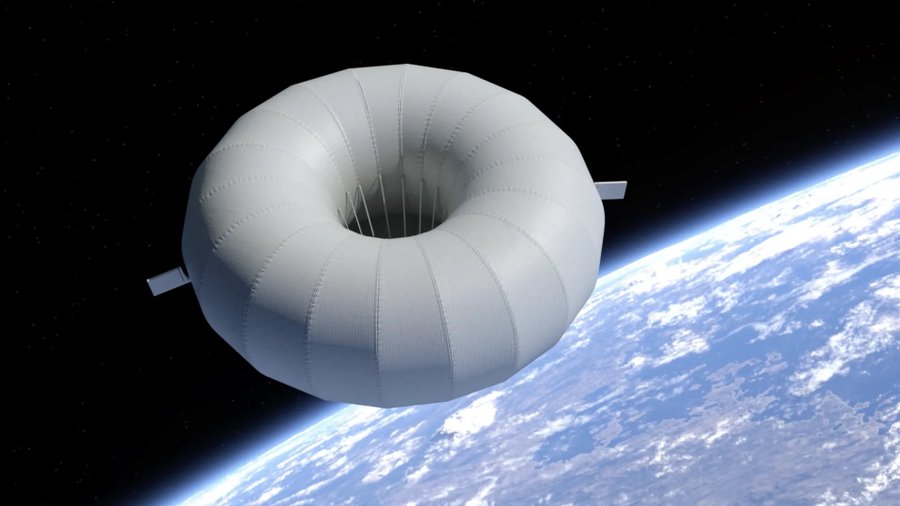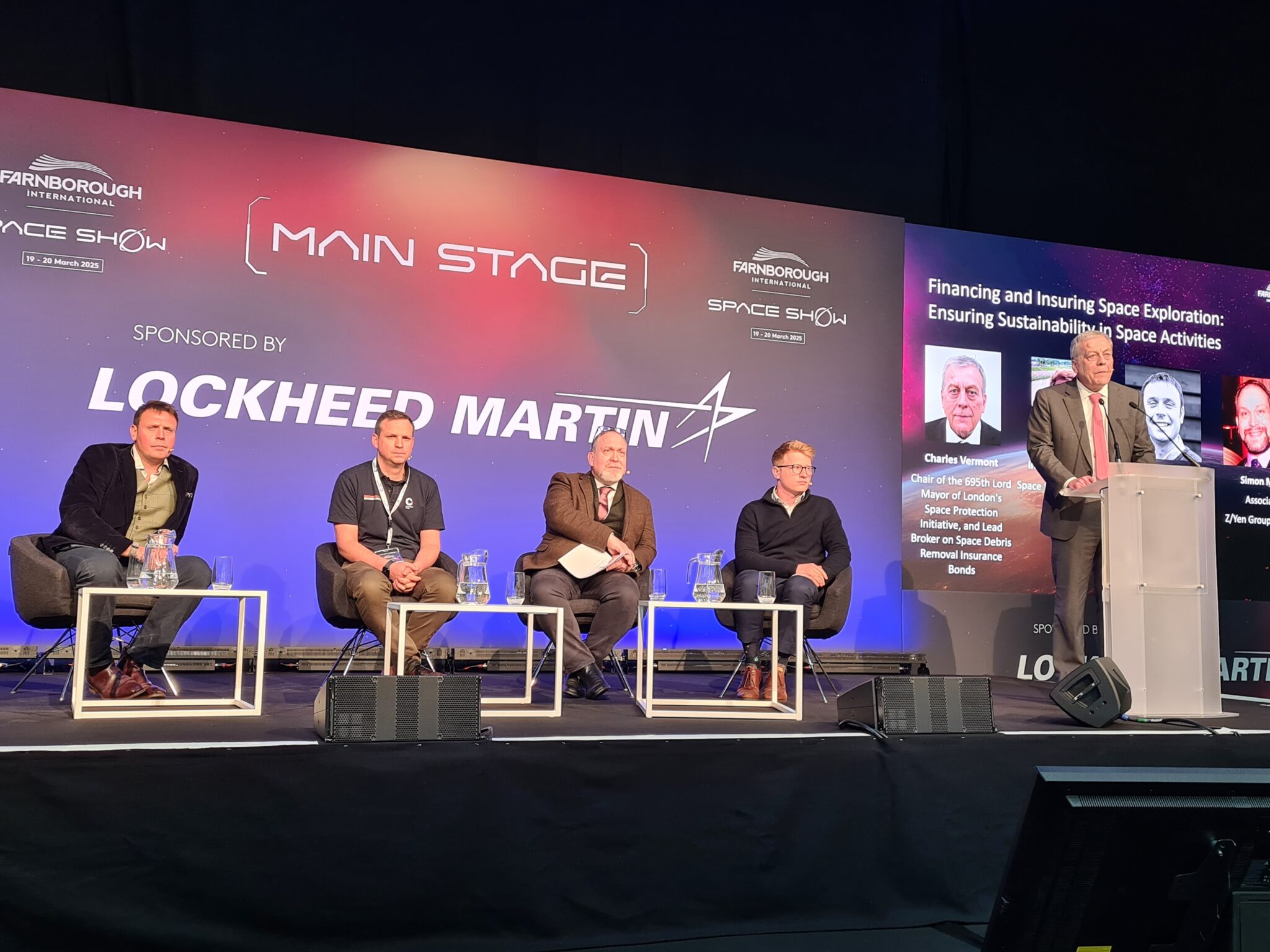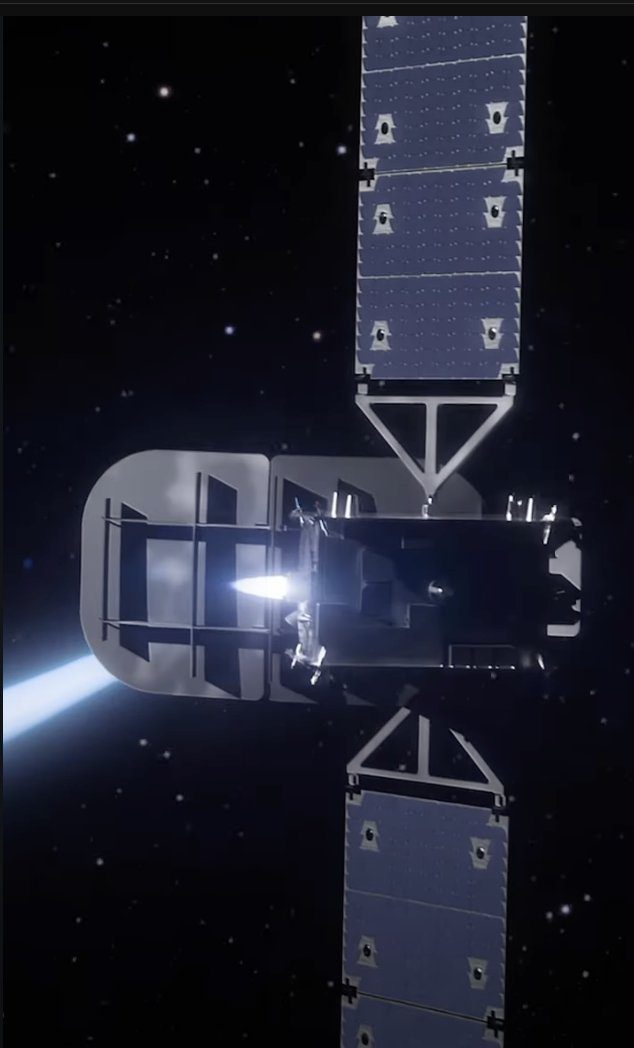Europe’s Galileo satellite navigation system has reached a milestone of sorts with the retirement of the first technology validation spacecraft, GIOVE-A (Galileo In-Orbit Validation Element), which has been in orbit since December 2005.
GIOVE-A’s mission – to secure vital frequency filings with the International Telecommunications Union, check the accuracy of a prototype rubidium atomic clock, model the Medium Earth Orbit radiation environment and the possible effects of radiation on future Galileo spacecraft and generate the first Galileo navigation signals in space – was declared a success by the European Space Agency in 2008. The mission was then extended beyond the craft’s 27-month design life.
GIOVE-A’s builder, Surrey Satellite Technology, has manoeuvred it to about 100km higher than its operating orbit of 23,222km to make way for the first 22 Fully Operational Capability satellites that are now being completed by OHB Technology and SSTL. The satellite remains operational and will still be maintained from SSTL’s Mission Control Centre in Guildford, UK, during which time SSTL will continue to collect data on the radiation environment in MEO.
The first two operational Galileo spacecraft were launched in October, by ESA’s first Soyuz launch from its Kourou, French Guiana spaceport.
ESA will launch a second pair of Galileo navigation satellites on 28 September before beginning a fast-track launch schedule in 2013 to orbit 18 satellites by the end of 2014 for a functional service, and 26 satellites by the end of 2015 for near-global coverage. The full constellation of 27 spacecraft and three orbiting spares should be deployed by 2019.
All launches will be from ESA’s Kourou, French Guiana spaceport. The first Galileo flights are Soyuz rockets, including the veteran Russian launcher’s maiden flight from Kourou last October.
From the second half of 2014, a requalified Ariane launcher, known as Ariane 5 ES Galileo, should be equipped with a four-satellite dispenser and be capable of delivering the spacecraft to orbital altitudes of 23,200km. The current ES launcher is used to launch ESA’s Automated Transfer Vehicle to the International Space Station at about 380km.







